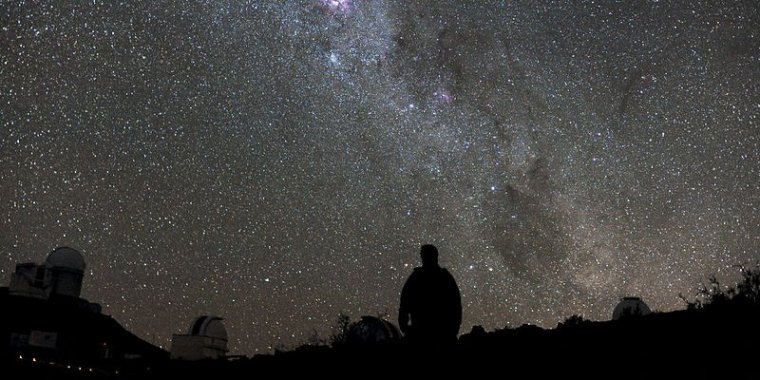| News / Science News |
Study: Earth’s Night Skies Getting Brighter
The Earth’s night skies are getting brighter. A study published Wednesday in the journal Science Advances, finds the Earth’s artificially lit outdoor areas grew by 2.2 percent per year from 2012 to 2016.
Light pollution is actually worse than that, according to the German-led team of researchers.
The measurements used in the study come from an imaging sensor on a polar-orbiting weather satellite that can’t detect the color blue generated by the new and increasingly popular LED lights, which means some light is missed by the sensor.
Overall, 79 countries, mostly in Asia, South America and Africa, experienced a growth in nighttime brightness. Sixteen countries, including areas of conflict such as Syria and Yemen, witnessed a decrease, and 39 countries, including the U.S., stayed the same.
“Artificial light is an environmental pollutant that threatens nocturnal animals and affects plants and microorganisms,” the study said.
Light pollution has been known to have adverse effects on all living creatures. People’s sleep can be marred, in turn affecting their health. The migration and reproduction of birds, fish, amphibians, insects and bats can be disrupted, and plants can have abnormally extended growing periods.
Co-author of the study, Franz Holker of the Leibniz Institute of Freshwater Ecology and Inland Fisheries in Berlin, said things are at the critical point.
“Many people are using light at night without really thinking about the cost,” Holker said. Not just the economic cost, “but also the cost that you have to pay from an ecological, environmental perspective.” (VOA)
YOU MAY ALSO LIKE






